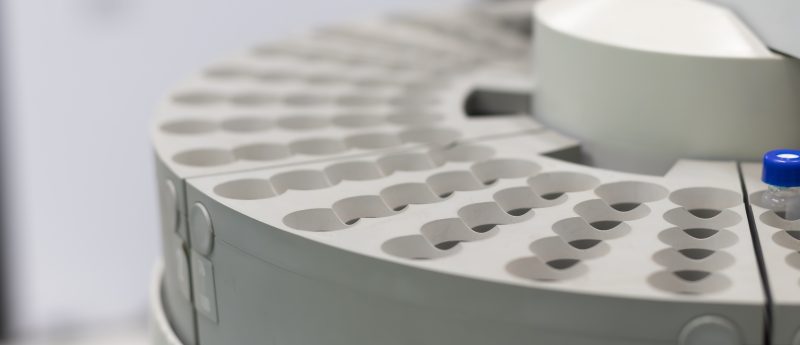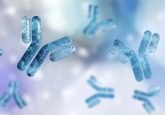Highly selective isolation and separation of 25-hydroxyvitamin D and 3-epi-25-hydroxyvitamin D metabolites from serum

Background: Increasing health concerns related to vitamin D deficiency including Alzheimer’s and immune diseases, along with various cancers, have heightened awareness of the nutrient. As the associated health concerns grow, so does the need for fast and accurate analytical testing for diagnostics and treatment. Established immunoassay methods have been challenged for accuracy caused largely by endogenous interferences. This has driven the interest in more specific LC–MS/MS methodology where specificity is gained through chromatographic and MS resolution. Results: Herein, a pentafluorophenyl stationary phase is shown to provide superior selectivity for the separation of the closely related 25-hydroxyvitamin D3 and 3-epi-25-hydroxyvitamin D3 as compared with many methods reported in the literature. To increase robustness and reliability, a novel protein precipitation/phospholipid removal device is also utilized. The novel approach was applied to human samples with a comparison with established clinical LC–MS/MS services for measuring 25-hydroxyvitamin D in adults and for infants (<1 year old). Conclusion: The data showed a good correlation between the routine service for adults and infant patient samples and illustrated the need to resolve the epimers. The unique selectivity of the pentafluorophenyl phase combined with the selective protein depletion and phospholipid enable a fast, accurate and robust analysis of 25-hydroxyvitamin D and related forms, which are otherwise unattainable with commonly used sample preparation and reversed-phase HPLC approaches.
Vitamin D is an important prohormone that is traditionally known to help the body regulate calcium and phosphate metabolism. Recent studies have also indicated that the vitamin may play a role in the regulation of the cell cycle and it has been linked to cancer risk, heightening awareness and prompting further studies in a broader range of patients [1–3]. The vitamin is present in the human body as both cholecalciferol (vitamin D3) and ergocalciferol (vitamin D2). Vitamin D3 may be obtained through dietary supplementation but is predominantly formed in the skin through the reaction of UV light with 7-deoxycholesterol, whereas vitamin D2 is introduced solely by supplementation. Vitamin D3 and D2 forms are metabolized in the liver to 25-hydroxyvitamin D (25[OH]D)3 and 25(OH)D2, respectively. The hydroxylated metabolites are then further metabolized in the kidney to the active 1α-25-dihydroxyvitamin D forms [4].
Click here for the full article.





